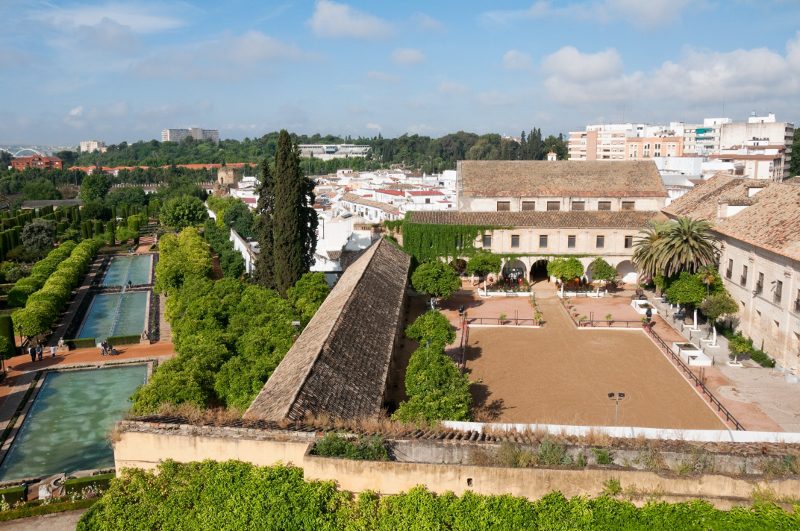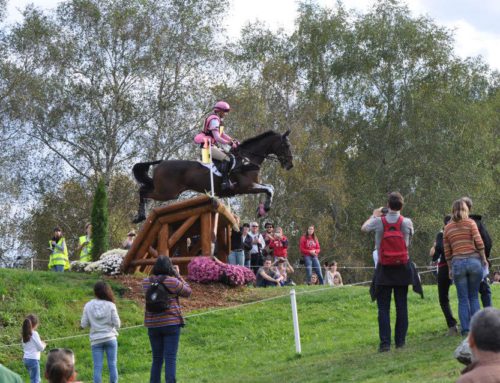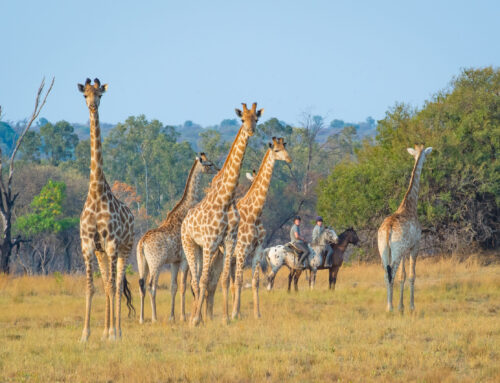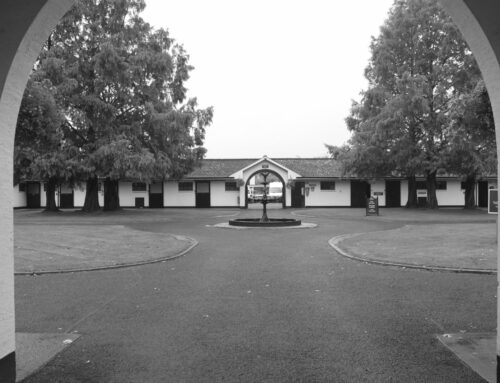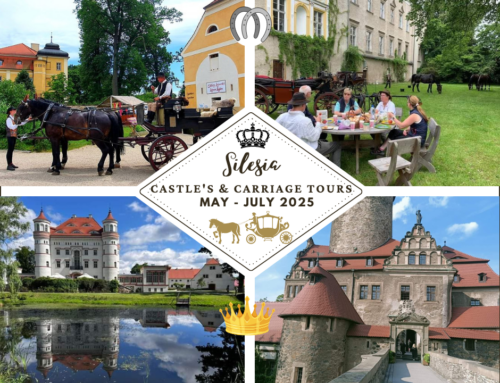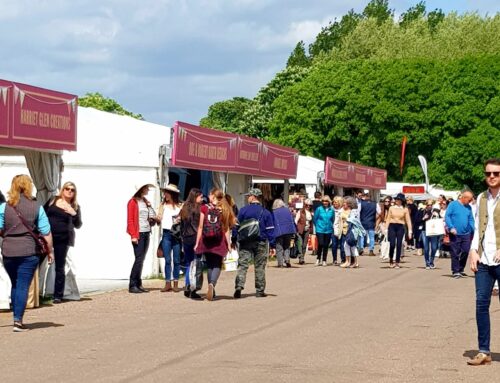Córdoba is a city in the southern Spanish region of Andalusia. It was an important Roman city and a major Islamic centre in the Middle Ages. Cordoba also has some very impressive historical Royal Stables, located next to the Alcázar de los Reyes Cristianos.
History of the Stables
The stables were first built in 1567 by the royal decree of Felipe II, the Spanish King to breed sturdy horses for the service of the Royal house. This was also when the Spanish horse breed was first formalised and the royal stable was established on part of the Alcazar fortress in Córdoba.
A fire destroyed the original Royal stables in 1735 and was rebuilt between the reigns of Fernando VII and Carlos III whose shields now graces the main door.
The stables remained as royal property until the reign of Fernando VII, later becoming state property and from 1866, the Spanish Army has been in charge of continuing the tradition of breeding the purebred Spanish horse. In 2002, the ownership of the Cordoba Royal stables and buildings was transferred to the city council.
The Royal Stable of Córdoba is an impressive structure and is free to visit.
About the Cordoba Royal Stables
1. The Royal stables is a rectangular building with spacious vaulted rooms where the pure-bred Andalusian horse, or Spanish horses, were stabled and bred for centuries.
2. The most interesting features of this magnificent building is the cobbled floors and the vaulted ceilings supported by brick arches and solid sandstone columns with stables located on either side.
3. The Andalusian and Arab horses that were reared here, were used for drawing carriages, dressage and inseminating mares belonging both to the military and to civilians.
4. The stable also houses the original 19th-century horse-drawn carriages that make up the Royal stables collection.
5. The Royal Stables are the venue for the “Passion and Spirit of the Andalusian Horse” Equestrian Show, which is a dressage show recommended for all audiences.
6. The stables were declared a National Historic Monument in 1929 and became part of the National Heritage trust.
7. The Riding area is a large covered area with balconies where the horses perform the shows of equestrian art.
8. The Royal Stables was the setting for the filming of Carmen, by director Vicente Aranda in 2002.
Timetable for visiting the Royal Stables – Entry is free to visit this wonderful building
The Royal Stables can be visited on Mondays from 10:00 am to 13:30 pm and from Tuesday to Saturday from 10:00 am to 13:00 pm and from 16:30 pm to 19:30 pm. On Sundays and public holidays, it is possible to visit the complex from 10:00 am to 13:30 pm. **Please always check beforehand as times may change.
There is an equestrian show held in the riding arena of the Royal Stables and called “Pasión y Duende del Caballo Andaluz” and is a combination of flamenco with elements of classical and Andalusian equestrianism: hand-work, cowboy dressage, alta escolar, amazon and garrocha, spun with the history and equestrian tradition of the city of Cordoba. The show takes place in the evenings for one hour.
What other things to see and do in Cordoba
Cordoba has plenty to offer the tourist and is best known for La Mezquita, an immense mosque dating from 784 A.D, featuring a columned prayer hall and older Byzantine mosaics as well as the beautiful Alcazar.
My suggestion is to pre-book a guided walking tour to learn about the history of this wonderful city and to make the most of your time here. Cordoba has a maze of narrow cobbled alleyways and beautiful squares with many restaurants and places to temp your taste buds.
It is a little less known than cities like Grenada and Seville but this also means it’s less busy and less touristic. There is certainly plenty to see here and you won’t be disappointed.
1. The Mosque-cathedral of Cordoba (also sometimes called Mezquita) is the city’s emblematic monument and certainly the most impressive, built-in 785.
2. The Alcázar de Los Reyes Cristianos is a medieval fortress and former royal residence of the Spanish monarchs with its stunning gardens.
3. It’s worth timing your visit to Cordoba with one of its many festivals. The impressive Patio Festival held every May is known for its flower-adorned alleyways and beautiful displays of colour.
4. Visit the beautiful Jewish Quarter and 14th-century Córdoba Synagogue, Casa de Sefarad, and admire the statue of Maimónides.
5. If you enjoy Museums, Cordoba is also full of them.
6. The Roman Bridge, is a must-see monument in Cordoba, and the main entrance into Cordoba. Built-in the 1st century BC. Across the bridge is the Calahorra Tower a defensive tower from the Muslim era.
7. The Bridge gate is as its name suggests, located just opposite the Roman bridge of Córdoba. Built-in the 16th century on the site of the ancient Roman and Moorish gates.
8. The Plaza de las Tendillas is a very nice square, with magnificent buildings around the square and you might like to relax at one of the many bars or restaurants.
9. Roman Temple of Cordoba. Located in front of the town hall, this temple impresses with its large columns and is located between the two most famous squares.
10. Plaza de la Corredera (Corrodera Square). Its rectangular shape and its arcades recall the classic “Plaza Mayor” of Castile. For centuries, it has been a gathering place for parties, markets, bullfights and even….executions!
11. Viana Palace (“Palacio de Viana”). The highlights of the visit are the 12 magnificent patios and gardens with an impressive collection of paintings, ancient dishes and tapestries that can be found in the palace’s multiple outbuildings.
12. The Chapel of San Bartolomé. This chapel is a perfect example of Mudéjar art and architecture built in the 14th century and walls decorated with earthenware tiles.
If you want to know more about travelling to Spain, contact Snaffle Travel at info@snaffletravel.com.au. Spain is one of our favourites and we have visited Spain many times and we can help with all your travel plans to this wonderful country.

